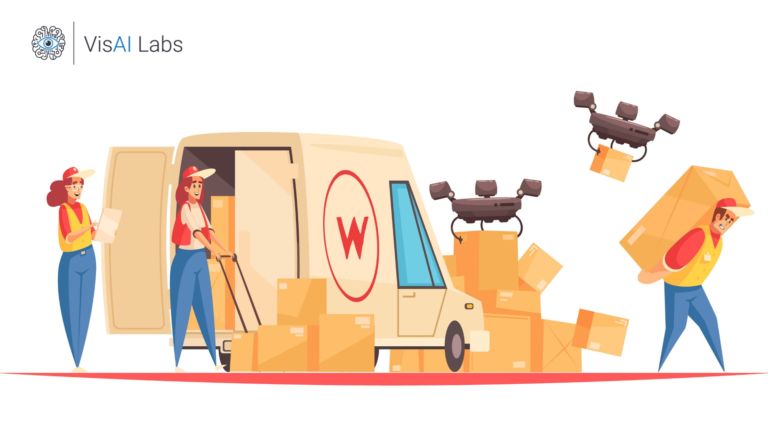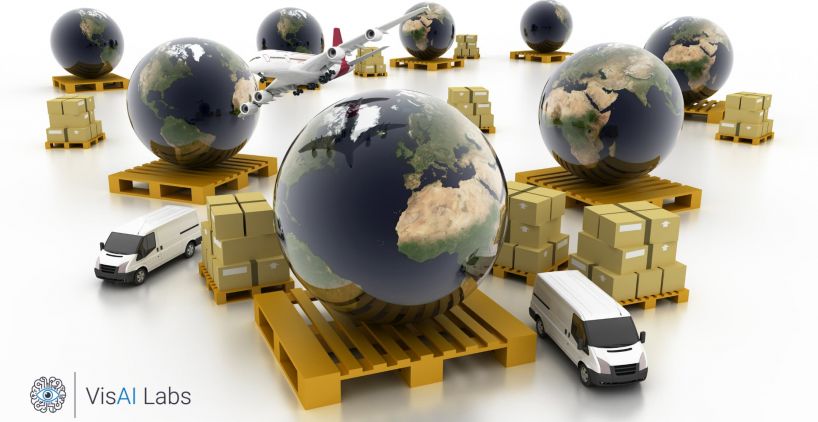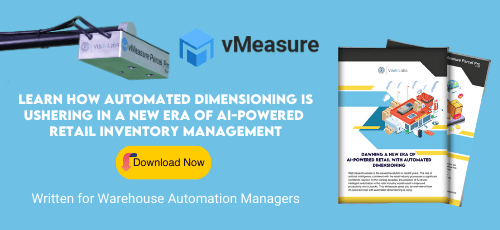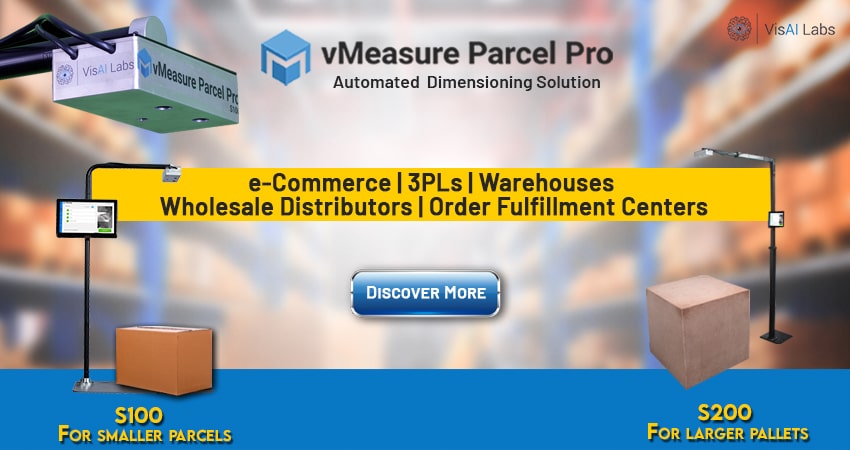Summary
E-commerce companies are rapidly expanding their shipping and distribution services. Customers have been accustomed to receive their products within a day or two.
Unlike in the past, where shipments took a few days to arrive, today’s logistics partners are searching for new ways to supply their products as quickly as possible.
As the online order rate increases, logistics, and shipping sectors feel more pressure to deliver the products to the customers’ doorstep.
Read this article to understand how artificial intelligence is gaining momentum in the logistics and shipping industries.
Written for:
- Logistics Specialist:
Working with vendors and consumers to complete shipments, knowing Supply Chain and Logistics market patterns and the effect of AI in their core domain.
- Warehouse Automation Manager:
Understanding how artificial intelligence (AI) is changing warehouses and making warehouse employees work more straightforward, and maintaining the security and timely storage and delivery of warehouse goods.
- Operations Specialist:
Ensuring that processes run seamlessly in the warehouse. Focuses on optimizing and automating several warehouse operations to increase productivity.
Introduction:
Artificial intelligence (AI) is now gaining massive traction among supply chain, logistics, distribution centers, and warehouse markets for its futuristic functionalities. According to a new survey, warehouse and logistics are the two significant verticals behind huge AI sales. As eCommerce evolves, the volume of online orders is increasing every day. The warehouse and logistics vertical should effectively deploy the automation solution into their workspace to supplement the order fulfillment process.
What is logistic automation?
The utilization of control systems, equipment, or software to increase operating performance is known as logistics automation. The concept is wide-ranging and includes all technical roles. This includes minimizing manual efforts such as data entry and automatically receiving necessary details on verified orders and their transportation facilities.
Due to a labor shortage, rising demand from online retailers, and technological advancements, logistics automation has become a top priority for CEOs. Employees will no longer be required to do basic and tedious tasks, as AI can perform them instead.
Below are three notable benefits of logistics automation:
- Real-time data access
- Error reduction
- Scalability and speed
How is AI-based automation helping logistics?
Take a minute to remember the last time you made an online order. For others, this is an everyday routine, and for some, it is enough once a month. You were undoubtedly inspired by advertisements, peers, or the execution of your favorite product that pushed you to shop online.
In today’s consumer-driven world, people expect goods to be delivered to their doorstep as soon as they click the “Buy” button. The firms that produce the goods and the warehouses that store them are placed under pressure by this demand. Since making an online order, most consumers are unaware of all the steps hidden behind the scenes. Companies may provide same-day distribution by automating processes such as picking, sorting, and document preparation.
Top five reasons to automate logistics and shipping processes
Reduce Operational Costs:
With the seemingly ever-rising minimum wage, some form of automation would lower the costs associated with manual labor while increasing organizational efficiency.
Improve Efficiency, Consistency, and Flexibility:
Automated systems are faster and more efficient than manual labor, resulting in predictable high-quality results. Deploying an AI-powered logistics solution allows staff to move and finish assignments more rapidly, enabling them to be more agile.
Increased production rates/speeds and waste minimum:
Automated processes can work round the clock to reduce downtimes. The efficiency and consistency of different supplies are also declining.
Reduce Labour Turnover:
It is not easy to attract and retain professional and skilled employees. Installing AI-powered solutions in your logistics and shipping environment allows you to minimize laborers and save money on consumables and wastes.
Optimize Space:
Space is critical in warehouses, logistics, and distribution centers. Conveyors can be arranged to free up more floor space. To improve overall performance in the workspace, businesses should utilize an automation solution to construct reliable picking processes, routes, and sequences.
Top two AI-powered logistics solution that aid in streamlining the last-mile delivery
AI-based Automated dimensioning systems
The AI-powered automated dimensioning systems are built to quickly calibrate dimensional information like length, breadth, height, width, and DIM weight of various sized products. There are two different types of automated dimensioners: parcel dimensioner and pallet dimensioner. The parcel dimensioners help measure individual boxes, parcels, and cartons, whereas the pallet dimensioners are otherwise known as freight dimensioners, help estimate the dimensional details and DIM weight of pallets and freights.
With this automated dimensioning technology, we can integrate other devices such as barcode scanners to navigate the products’ location, WMS software for an effective inventory process, and label printers. These dimensioners bolster logistics, warehouses, distribution centers, and third-party logistics to add more value.
The notable gains of deploying the automated dimensioning systems to the workspace include:
- Improve accuracy and precision
- Decreased manual errors
- Increased operational efficiency
- Enhanced productivity
- High-level customer satisfaction
AI-powered drone technology
An unmanned aerial vehicle (UAV), also known as a drone, is a pilotless aircraft that uses computer vision, artificial intelligence, obstacle detection technology, and other technologies. Logistics, warehouse, and distribution centers utilize drones to perform various operations like shifting small-sized parcels from one place to another, identifying the defective products before the shipment, surveillance, and handling multiple logistics inventories.
The below are some of the advantages of using drones in the workplace:
- Decreased shipping and maintenance costs
- Delivery at the press of a button
- Can quickly Get rid of Return Attempts

Conclusion
The future of artificial intelligence in shipping and logistics is quite promising, and some of the logistics networks have already begun to implement logistics automation to their verticals effectively. Picking and packing, invoicing and PO handling, and order fulfillment are all examples of logistics processes that can be automated. Employees can focus on activities at a higher level due to the outsourcing of minor, routine tasks. By enabling automation, you can work round the clock without having a break or holidays.
Adding intelligence to the dimensioning with vMeasure Parcel Pro:
Size matters most in the field of logistics and shipping. To deliver the product at the right time, we need to provide the correct dimensional data to cut down pointless shipping tariffs. Understanding this, VisAI Labs has built a vMeasure automated dimensioning solution that measures the dimensional information and the DIM weight quickly. We have two different ranges of automated dimensioners, vMeasure parcel pro S100 (helps measure the dimensional details of small and medium-sized parcels) and vMeasure Parcel Pro S200 (built to calibrate the dimensional details of pallets and freights).
To know more about vMeasure Parcel Pro, feel free to reach us at sales@visailabs.com




